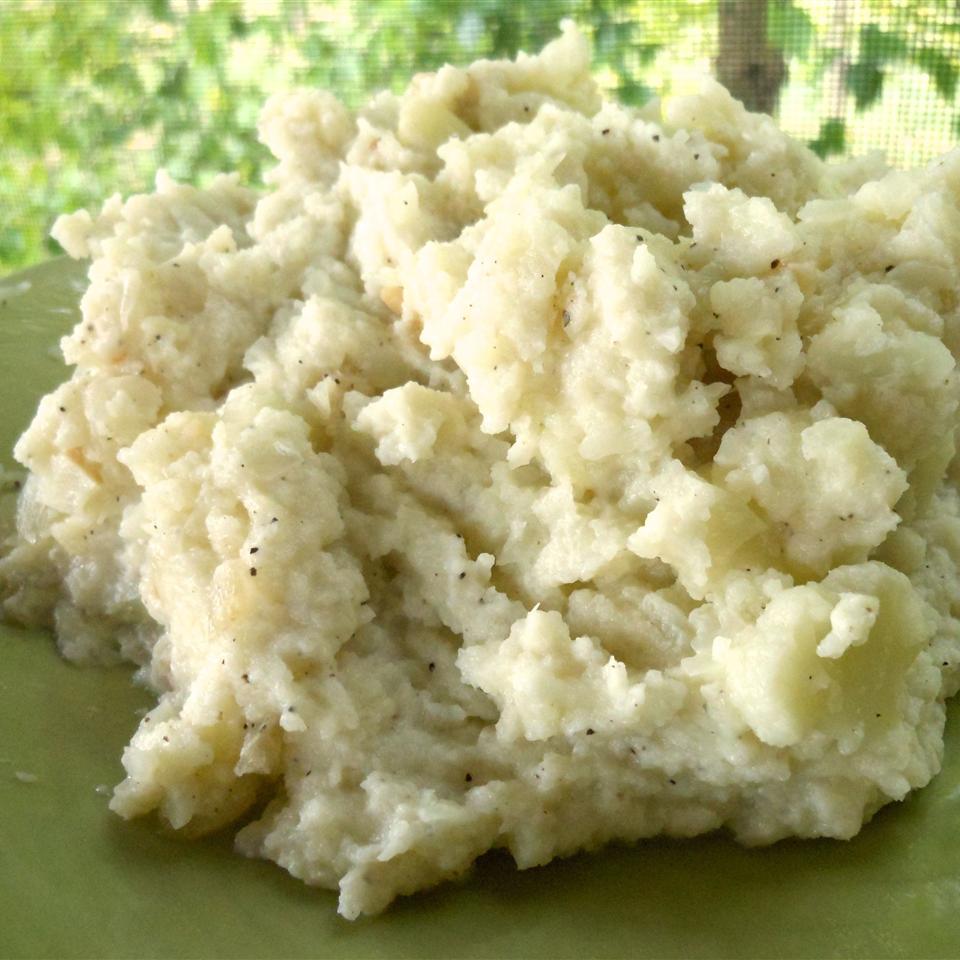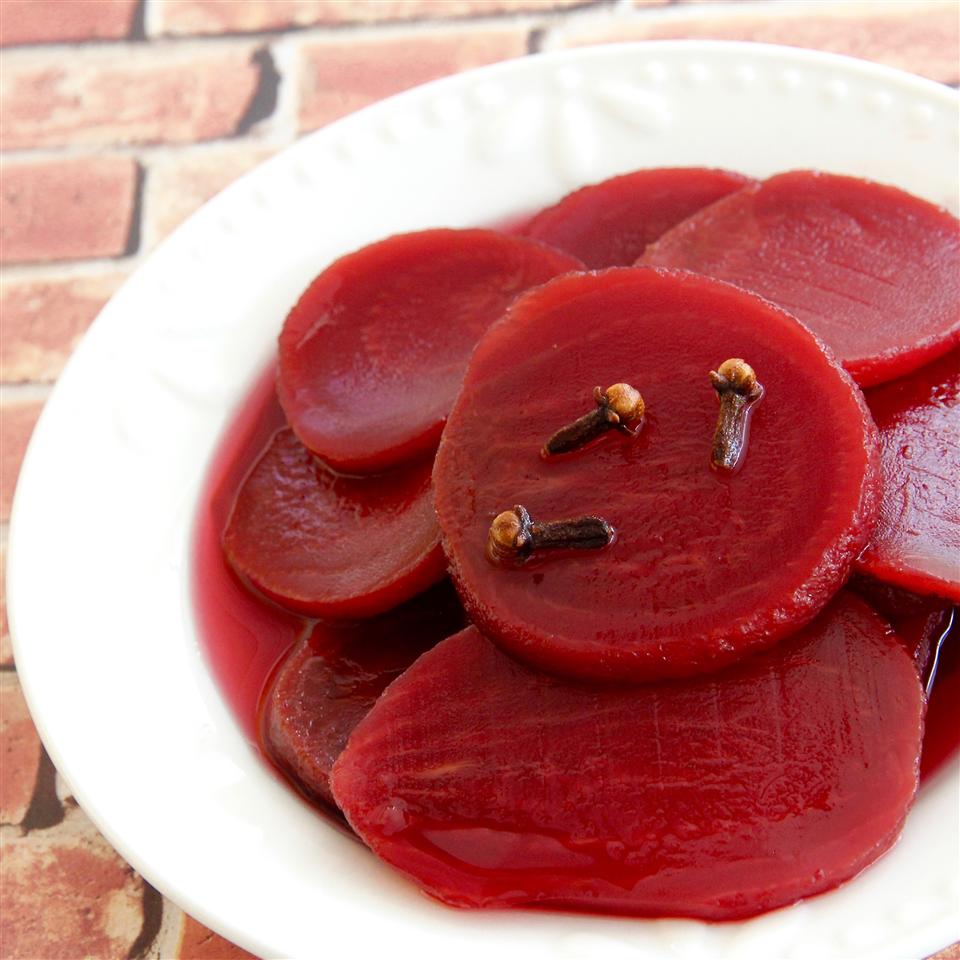Vegetarian Ghormeh Sabzi

This is a vegetarian version of the traditional Persian stew, which normally includes lamb. Though I have never traveled east of London, this dish has become my primary comfort food. I had to learn how to make it when I moved to Canada, and couldn’t find a Persian restaurant that served it. Saag paneer, which also relies on the flavor of fenugreek, is slightly similar, but ghormeh sabzi traditionally contains no dairy products and is made with herbs (cilantro, parsley) instead of spinach, so it’s really quite different, and in my opinion, much tastier. Serve with Persian tahdig rice or, if you are going low-carb, serve with quinoa or wild rice.
INGRIDIENT
DIRECTION
Step: 1
Heat olive oil in a pot over medium-high heat. Saute onion in the hot oil until golden, 7 to 10 minutes. Mix in turmeric until onion is coated. Add soy sauce, salt, and pepper. Stir in parsley, green onions, and cilantro, adjusting soy sauce to taste. Cook and stir until herbs are sufficiently wilted, 3 to 4 minutes. Add fenugreek and saute until incorporated.
Step: 2
Pour in water and add lemon slices. Reduce heat to medium-low and let simmer, uncovered, stirring occasionally and adding more water if necessary, about 20 minutes, adding kidney beans about 10 minutes before serving; sooner than this might make them mushy.
NUTRITION FACT
Per Serving: 295 calories; protein 10.9g; carbohydrates 35.4g; fat 15.1g; sodium 324.2mg.
The most clear way to pick a side dish is to look at your main dish (pasta, chicken, seared tofu) and pick something different. When you’re making pasta, make sure for a simple vegetable . Made steak? Go for something light. If you’re want to cooking stir-fry with rice, it must not a good idea to also make a rice salad.
This also can apply to cooking process . You don’t want to push more often your oven by scheduling three dishes at once in there, or be juggling four pans on the cooking items . But often you can made a dish do double-duty .





